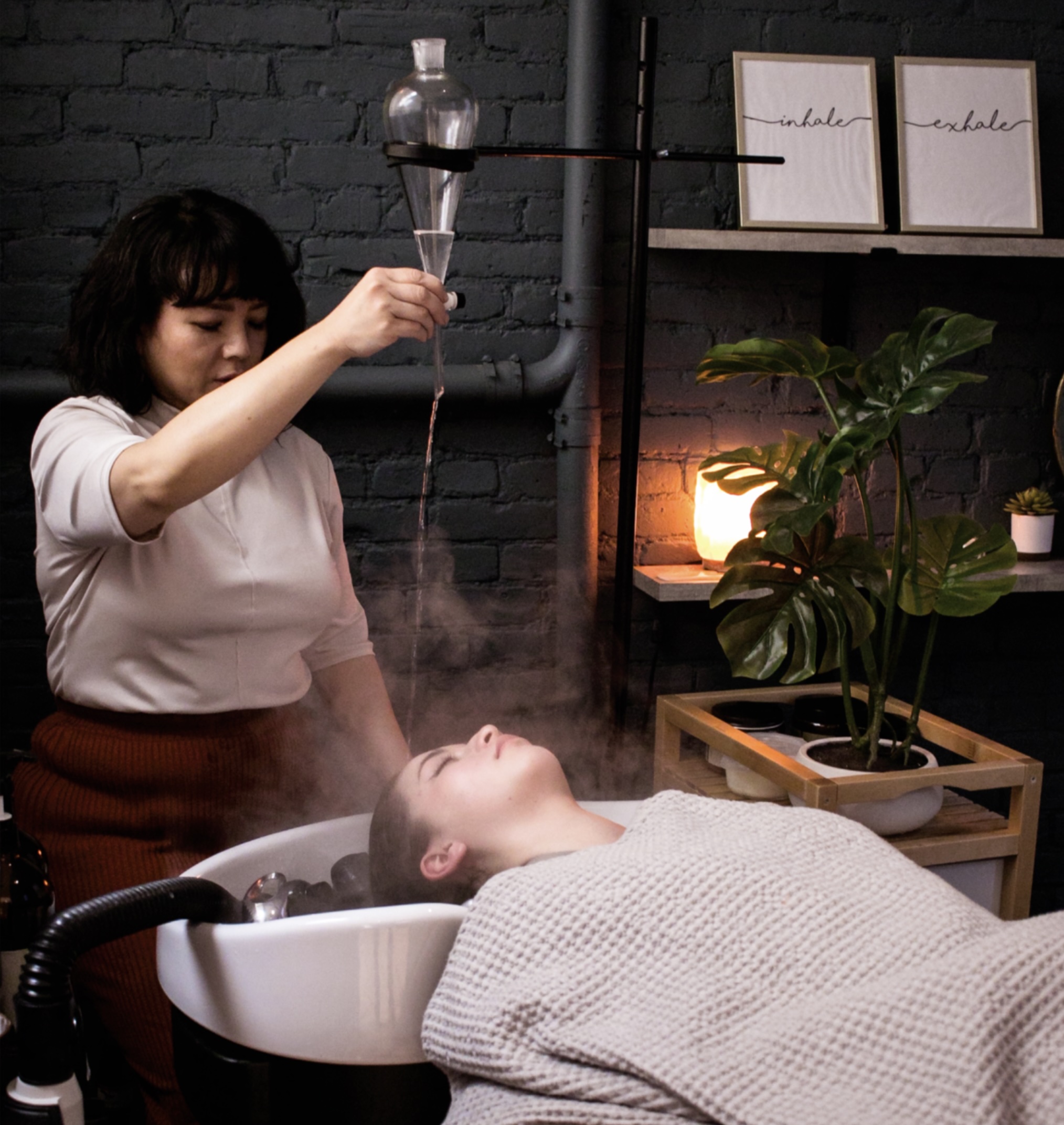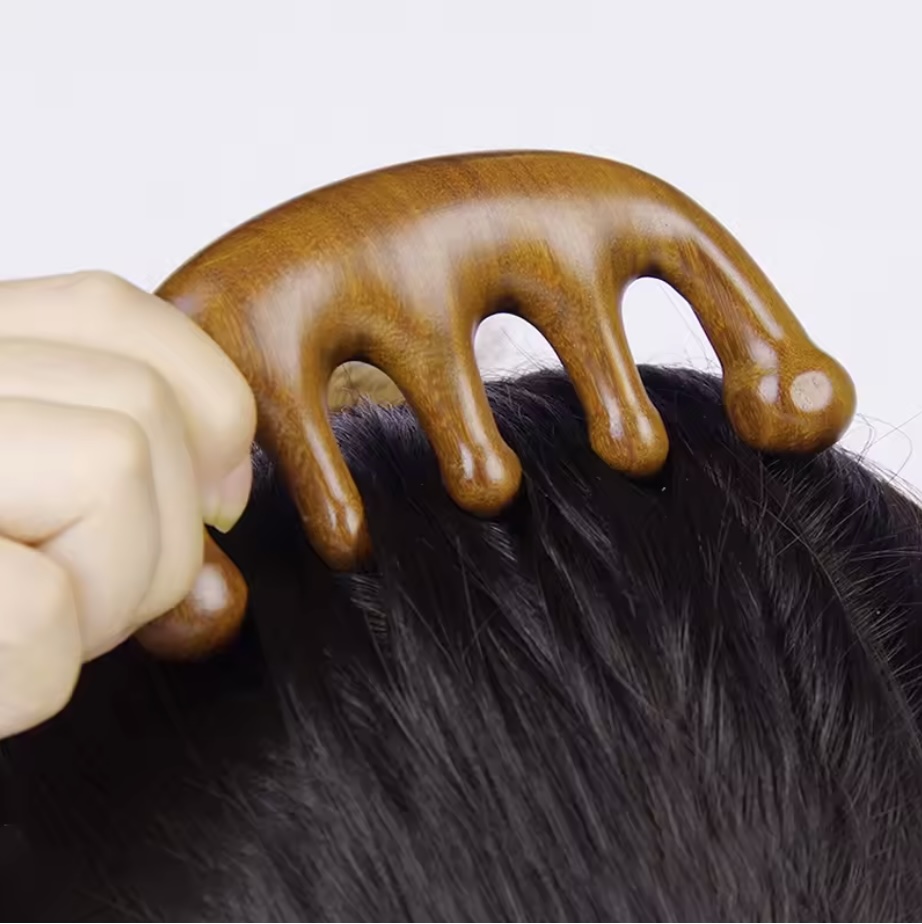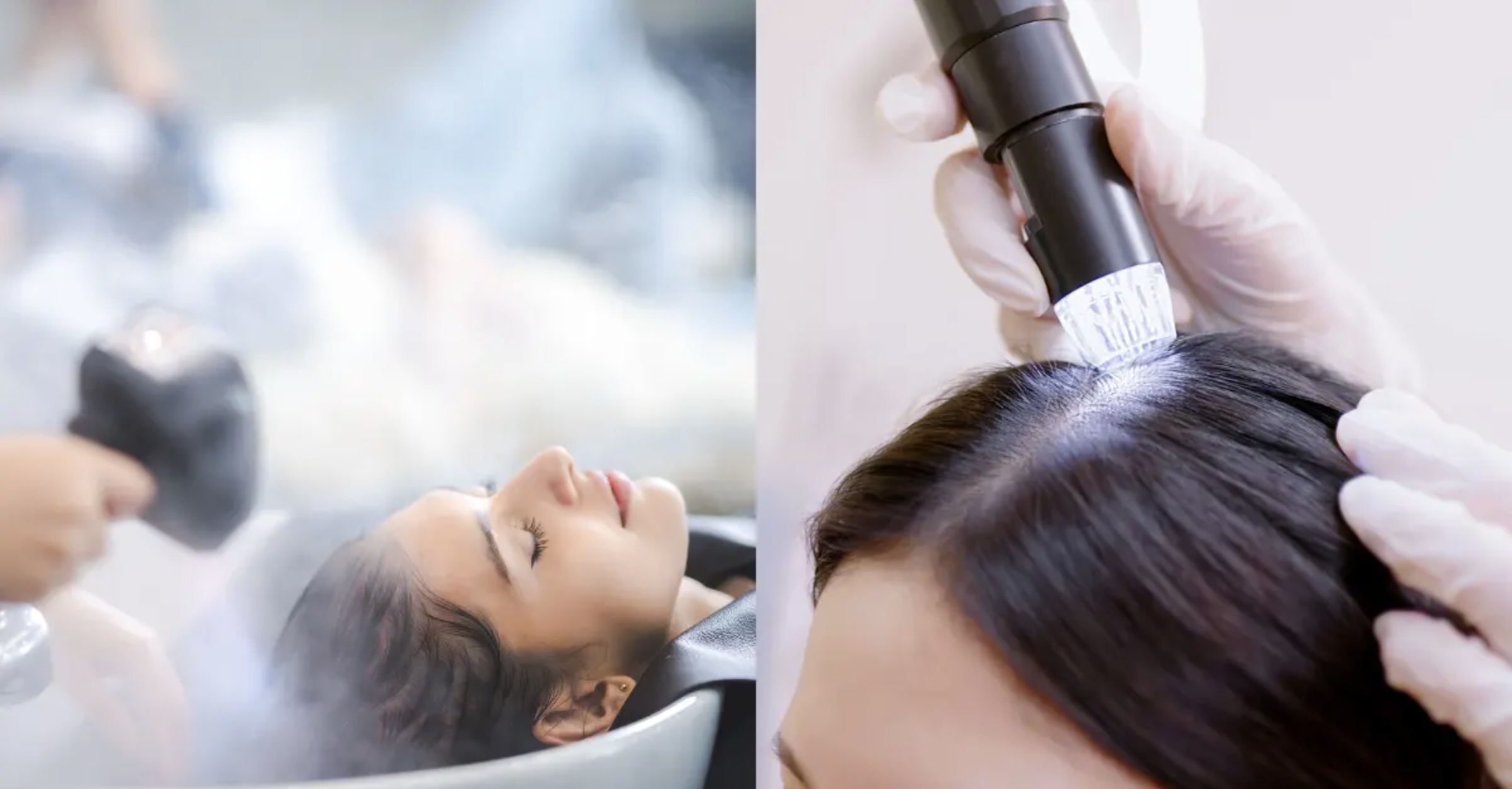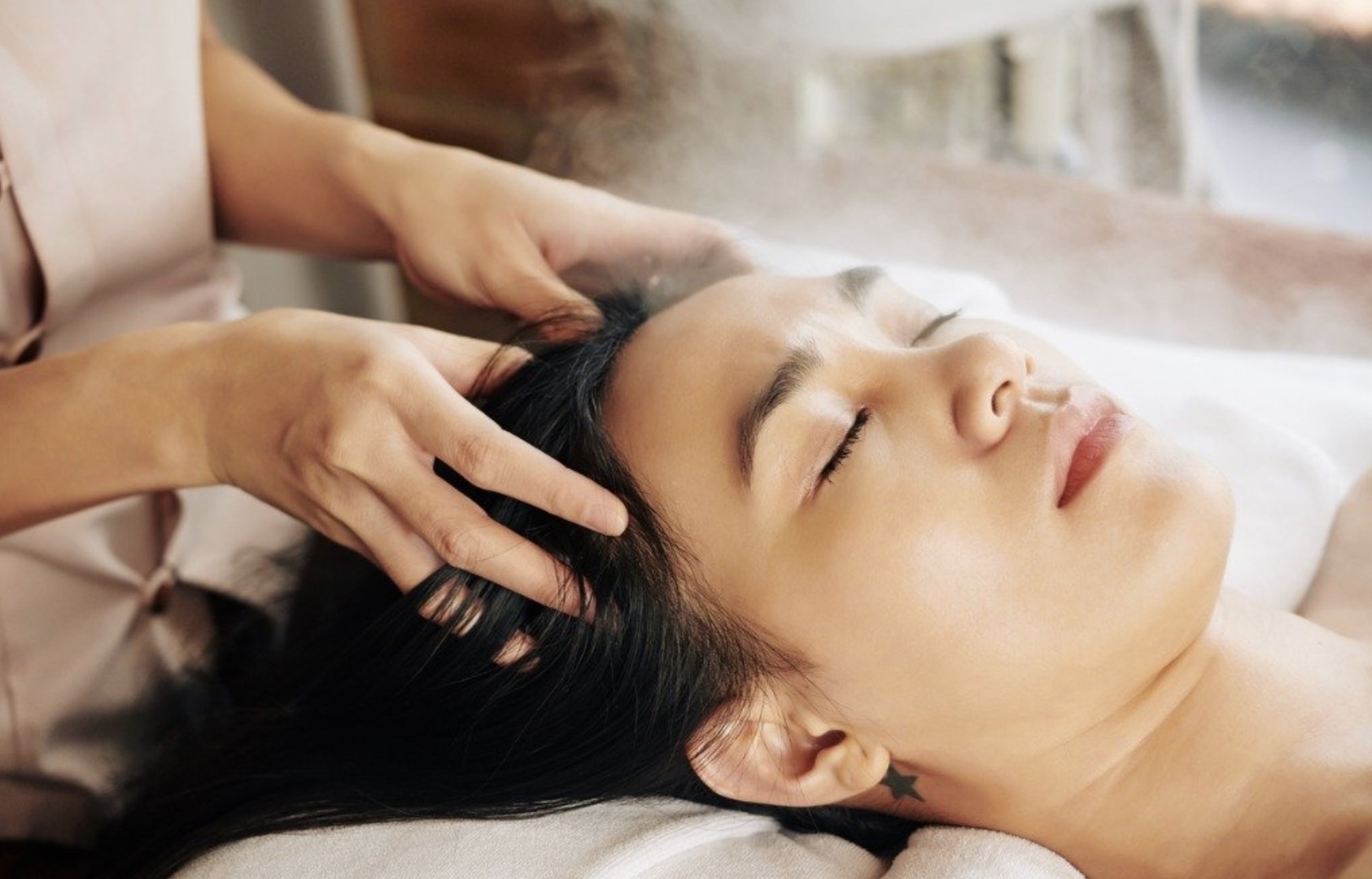Introduction
For anyone seeking relief from scalp issues or wanting to improve hair health, head spas have become increasingly popular. However, not all head spa techniques are created equal. Two prominent traditions—Japanese and Korean—offer distinct approaches with their own unique benefits. This guide explores the key differences between these rejuvenating treatments to help you determine which might be right for you.

Historical Foundations
Japanese Head Spa Tradition
Japanese head spa techniques evolved from traditional Japanese beauty rituals that emphasize purity, simplicity, and precision. The Japanese approach to head care is deeply rooted in holistic wellness philosophies that view scalp health as integral to overall wellbeing and longevity.
These treatments gained popularity in modern Japan during the 1990s and early 2000s, coinciding with increasing urban pollution and workplace stress affecting scalp and hair health.
Korean Head Spa Evolution
Korean head spa treatments, often called "scalp detox" or "scalp scaling," emerged from Korea's comprehensive skincare culture. The Korean approach views the scalp as an extension of facial skin, requiring the same detailed, multi-step care.
Korean head spa techniques became internationally recognized in the 2010s alongside the global popularity of K-beauty routines, emphasizing prevention, purification, and restoration.
Key Philosophical Differences
| Japanese Approach | Korean Approach |
|---|---|
| Focuses on pressure points and energy pathways | Emphasizes deep cleansing and product application |
| Prioritizes manual techniques | Balances manual techniques with innovative products |
| Views scalp as connected to full-body wellness | Treats scalp as an extension of facial skin |
| Emphasizes simplicity and traditional methods | Embraces technological innovation and multi-step processes |
Treatment Techniques Comparison
Japanese Head Spa Techniques
-
Scalp Acupressure (Tsubo Therapy): Japanese techniques often begin with gentle but firm pressure applied to specific points on the scalp, corresponding to energy meridians believed to affect different bodily systems.
-
"Wash-Zero" Massage: Many traditional Japanese head spas feature specialized dry massages that stimulate blood flow without water or products initially.
-
Wooden Tool Techniques: Specially designed wooden combs and tools are often used to stimulate the scalp without scratching or damaging delicate tissues.
-
Minimal Product Philosophy: Japanese approaches typically use fewer, highly concentrated products with natural ingredients like rice water, camellia oil, and hinoki (Japanese cypress).
-
Comprehensive Head and Neck Focus: Treatments typically extend to the neck, shoulders, and sometimes face to address tension that affects scalp health.

Korean Head Spa Techniques
-
Intensive Scalp Analysis: Korean treatments often begin with detailed scalp analysis using specialized cameras and technology to identify specific concerns.
-
Extensive Pre-Treatment Cleansing: Multi-step cleansing processes using different products to remove buildup, excess sebum, and impurities.
-
"Scaling" Techniques: Precise exfoliation methods to remove dead skin cells and promote cell turnover.
-
Product Layering: Application of multiple specialized treatment products in a specific sequence (similar to Korean skincare routines).
-
Technology Integration: Incorporation of devices like steam, LED therapy, microcurrent stimulation, and ultrasonic technology.

Common Treatment Components
Despite their differences, both traditions share some common elements:
- Scalp Massage: Both utilize various massage techniques to increase blood circulation
- Customization: Treatments in both traditions are typically customized to individual needs
- Relaxation: Both emphasize the stress-reducing benefits of treatment
- Herbal Influences: Both incorporate plant-based ingredients, though the specific herbs differ
Benefits and Results
Japanese Head Spa Benefits
- Deep relaxation and stress reduction
- Improved energy flow throughout the body
- Enhanced natural oil production and balance
- Better sleep quality
- Long-term scalp resilience
Korean Head Spa Benefits
- Dramatic improvement in scalp clarity and cleanliness
- Reduced buildup and impurities
- Balanced sebum production
- Product absorption optimization
- Visible improvement in hair texture and appearance
Which Is Right For You?
-
Choose Japanese techniques if: You seek holistic wellness benefits, prefer minimal product use, or are sensitive to products and chemicals.
-
Choose Korean techniques if: You have specific scalp conditions requiring targeted treatment, enjoy multi-step beauty routines, or are interested in innovative beauty technology.
-
Consider a combined approach: Many modern head spas now offer hybrid treatments incorporating elements from both traditions.
Conclusion
Both Japanese and Korean head spa techniques offer valuable benefits for scalp and hair health. The best choice depends on your personal preferences, specific concerns, and desired outcomes. Whichever tradition you choose, regular head spa treatments can significantly improve not just your scalp and hair condition, but also your overall sense of wellbeing.
Have you experienced either Japanese or Korean head spa treatments? We'd love to hear about your experience in the comments below!


